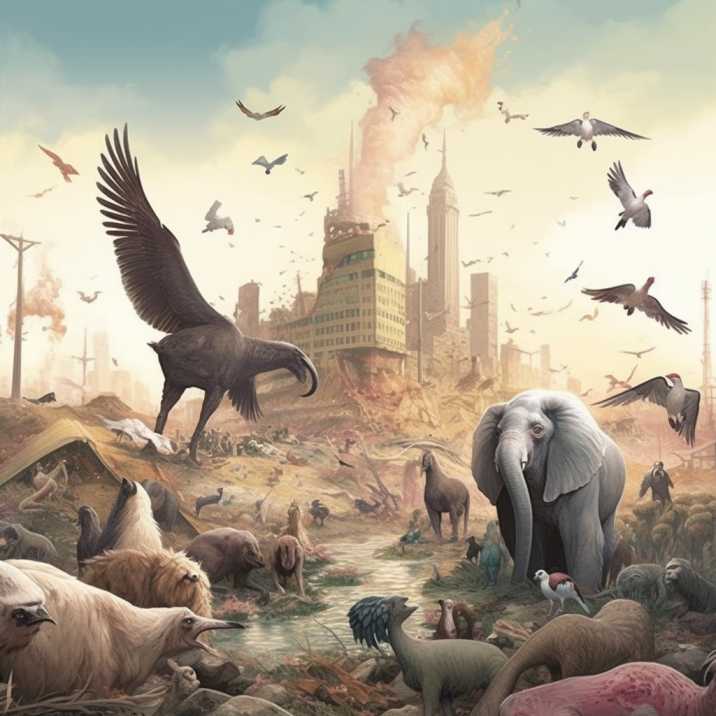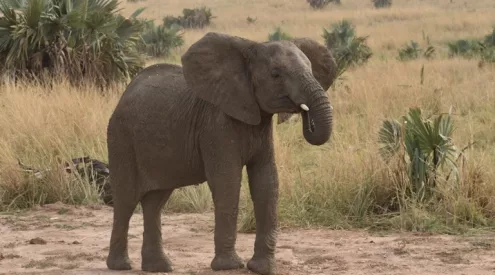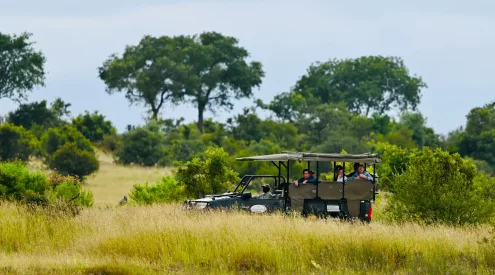Research led by Queen’s University Belfast (QUB) has revealed that nearly half of the world’s animal species are currently experiencing declines. This study, considered the most comprehensive to date, examined population densities of over 70 000 animals. The findings indicate that 48% of species are undergoing population declines while less than 3% are increasing. The researchers emphasise the alarming global erosion of biodiversity caused by human industrialisation, surpassing previous estimations.

Led by PhD student Catherine Finn and Dr Daniel Pincheira-Donoso from the School of Biological Sciences at QUB, along with Dr Florencia Grattarola from the Czech University of Life Sciences, Prague, the research emphasises the urgency of the situation. Published in the Biological Reviews journal, it warns that the current biodiversity crisis is one of the most significant challenges humanity will face in the coming decades. The crisis threatens the functioning of ecosystems on which life depends and impacts disease spread and global economic stability.
While it is natural for species to evolve and become extinct over time, the rate of extinction is now occurring 100 to 1 000 times faster than expected by scientists, as stated by the Natural History Museum. Consequently, many scientists are concerned that humans may be causing the onset of a “sixth mass extinction” on Earth.
Traditionally, the extent of the extinction crisis is measured using “threat conservation categories”, with the International Union for Conservation of Nature (IUCN) maintaining a “red list” of threatened species since 1964. Out of the 150 000 species assessed, 28% are considered to be threatened with extinction based on this classification system.
The researchers from Queen’s University adopted a different approach by examining population trends. They discovered that the magnitude of the extinction crisis is far more severe than indicated by traditional measures. Their analysis revealed that 33% of species deemed ‘safe’ by the IUCN are actually declining towards the risk of extinction.
Dr Pincheira-Donoso explained that this new method offers a more precise picture that traditional approaches cannot provide. He emphasised that their work serves as a drastic alert regarding the current scale of the crisis, which has devastating impacts on the overall stability of nature, human health, and well-being.
Follow us on social media for more travel news, inspiration, and guides. You can also tag us to be featured.
TikTok | Instagram | Facebook | Twitter
ALSO READ: Killer whales and hippo could be included in UK ivory ban


















